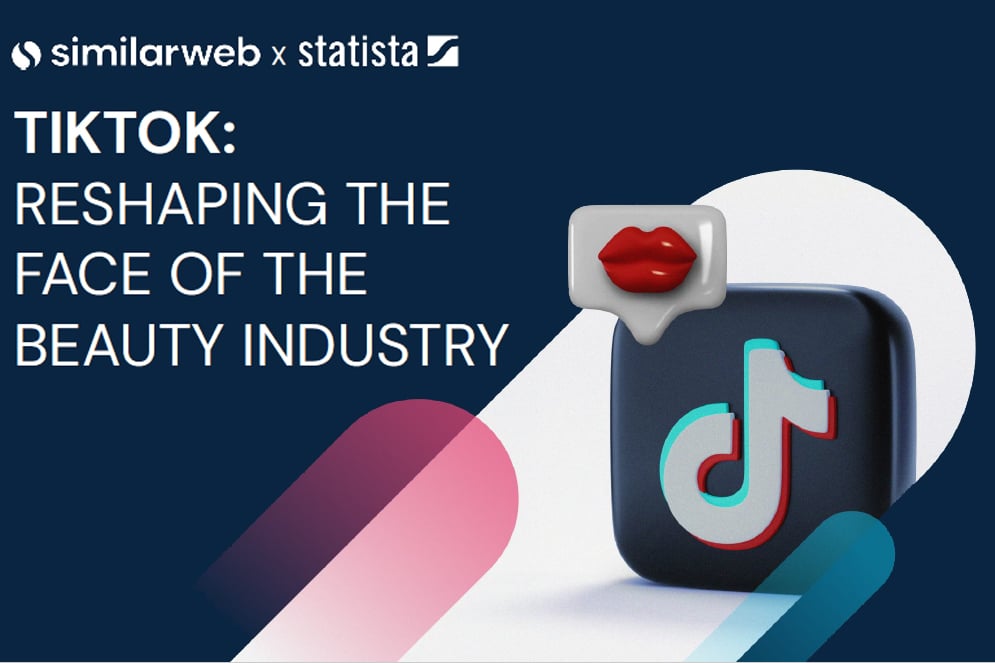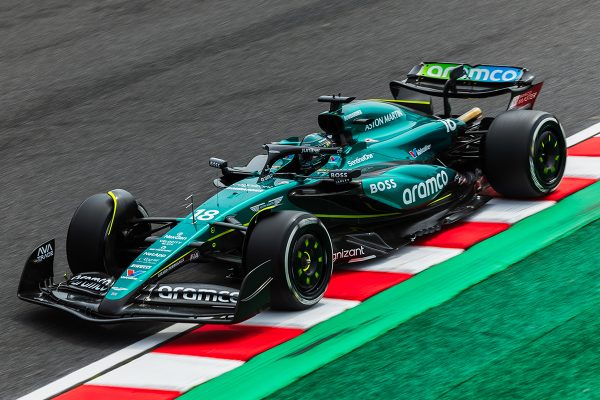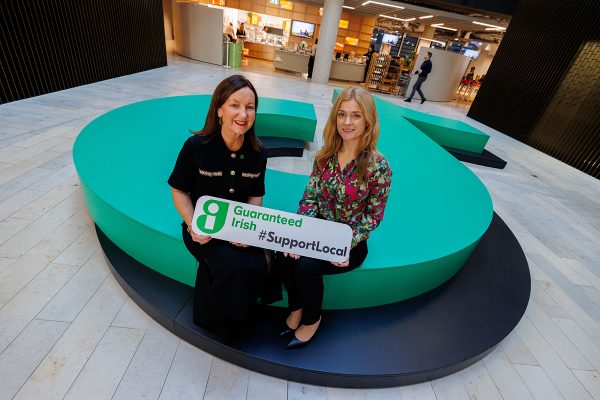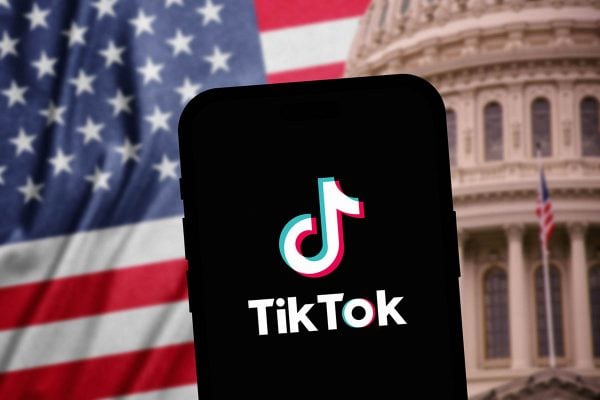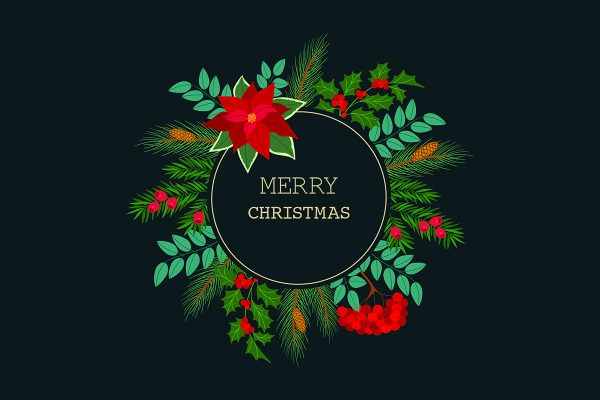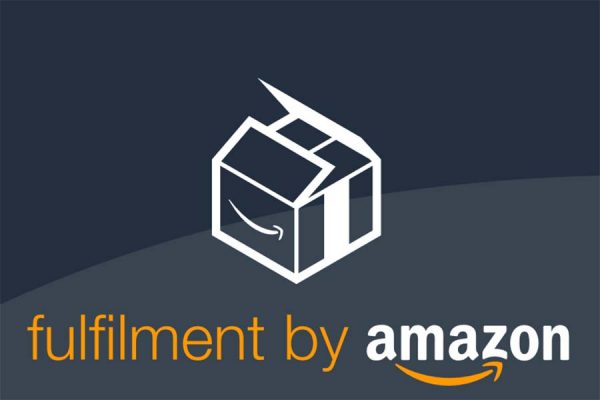Ahead of the holiday shopping frenzy, Similarweb and Statista have partnered to understand the true impact of TikTok, specifically on the beauty industry.
Before the launch of TikTok Shop in the US, UK, and several Asian markets, the entertainment platform was already profiting from an ecommerce revenue stream thanks to referral links from merchants on their TikTok for Business accounts.
While Beauty & Personal Care is not the top-selling ecommerce category overall, this segment has been one of the first to embrace the advent of social commerce and live commerce. Influencers and celebrities showing off products on social media hold great appeal to young consumers, meaning that Beauty & Personal Care products feel right at home in the TikTok Shop. Indeed, preliminary data shows that a staggering 85% of TikTok Shop sales are in the Beauty & Personal Care category.
The new report explores how TikTok became an ecommerce force, its role in the social commerce landscape, and which beauty industry brands are set to profit from this new shopping channel. Statista and Similarweb combine key figures with raw traffic data to give you all the insights you need to get started on TikTok for Business.
TikTok’s user base remained resilient even as people returned to their pre-pandemic routines. In the 12 months leading to September 2023, Brazil and Mexico displayed the highest number of daily active TikTok users on Androids, with 34.6M and 22.5M users, respectively.
The largest age demographic on TikTok is 35-44 (32%). Only 51% of TikTok users on Androids are under 35 years old, and under ¼ are below 25 years old. These are lower figures than under 35 year-olds on Snapchat (68%) and Instagram (57%). The gender split is roughly 50:50 male/female.
TikTok Insights data has revealed that on average, its users are x1.5 more likely to spend on Beauty & Personal Care products during the holiday season than non-TikTok users.
Among the leading cosmetics sellers on TikTok in 2023, celebrity brands had the highest number of followers. Huda Beauty secured first place, with around 8.7 million followers, with Selena Gomez’ Rare Beauty in second place and topping 3.5 million followers.
A TikTok presence can be highly beneficial for brand visibility: Rare Beauty registered 7.7 billion hashtag views on the platform. Non-celebrity brands like Maybelline also recorded impressive results.
The beauty industry report also reveals that TikTok and Amazon are closely interconnected, with the marketplace grabbing over 75% share of TikTok-famous skincare brand purchases and about 52% of makeup brands. Therefore, brands, including the more premium ones, should implement a solid strategy to stand out in the Amazon marketplace.
Amazon.co.uk is the top shopping destination for TikTok-famous Beauty brand purchases, especially for skincare, which owns an 84% share in unique purchases. Makeup purchases have a more significant split between retailers, with Sephora.co.uk grabbing a 16% share, followed by the pharmacy Boots.
TikTok is an excellent asset for Beauty brands, particularly for new ones, as it provides them with the
opportunity to shine and grow quickly through paid partnerships and organic customer advocacy.
However, a final word of warning for established brands – The report reveals that pricier brands may shine on TikTok, but these views may not translate into sales, enabling consumers to search for “dupes” of these
products or cheap knockoffs. With the rising inflation of the last two years, consumers across the globe are open to hacks and want to compromise on the price rather than on quality.
